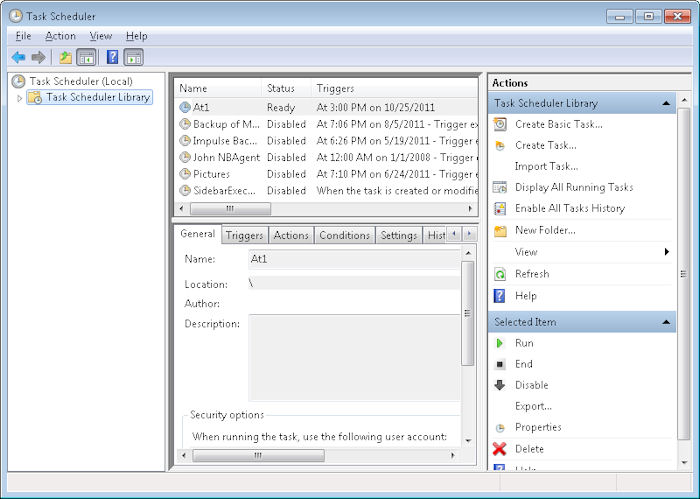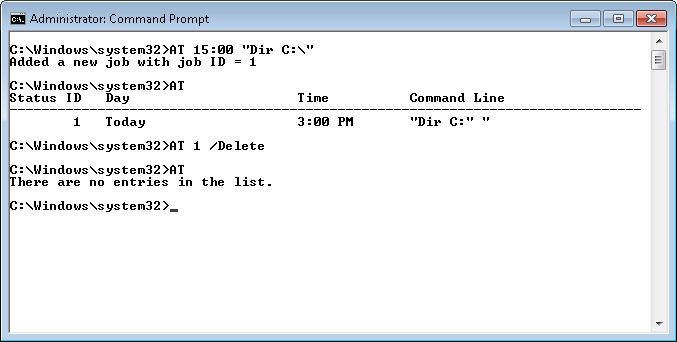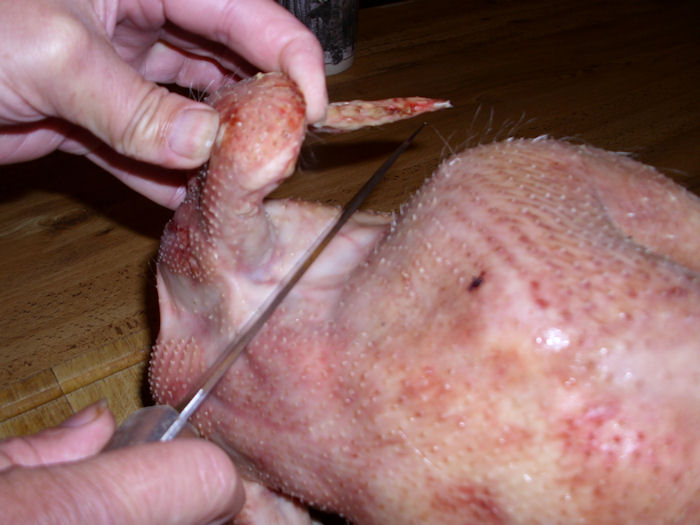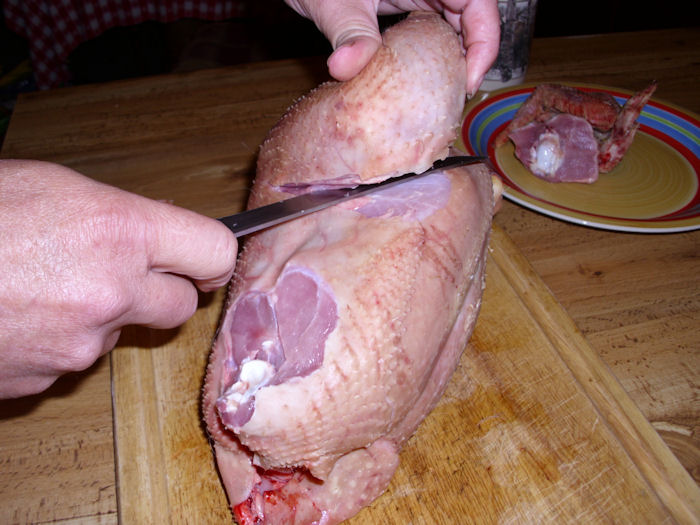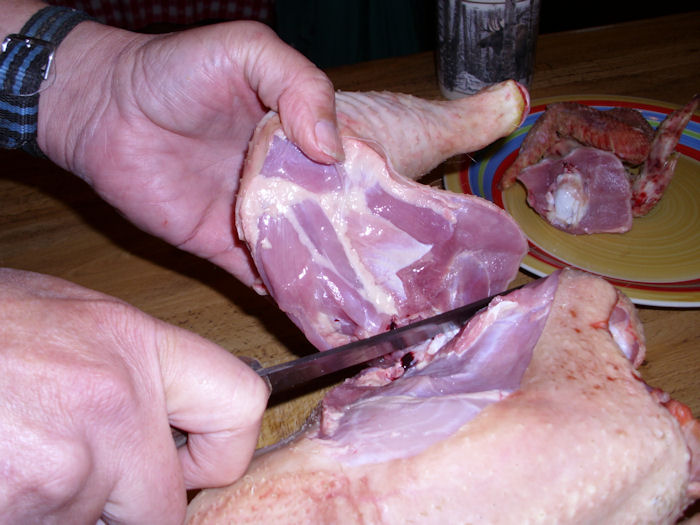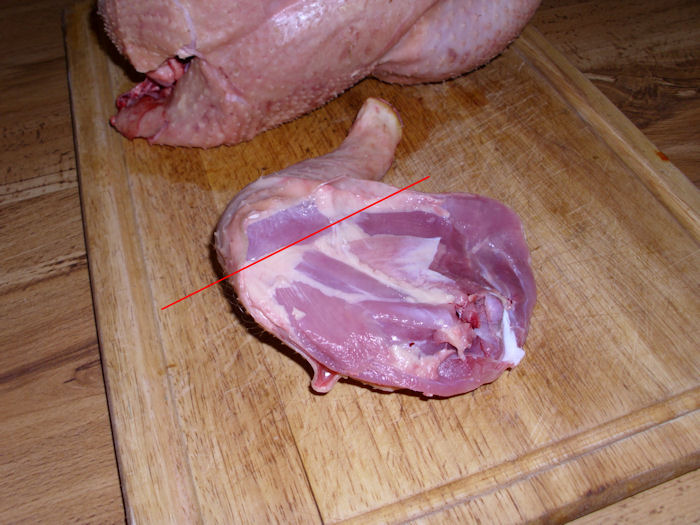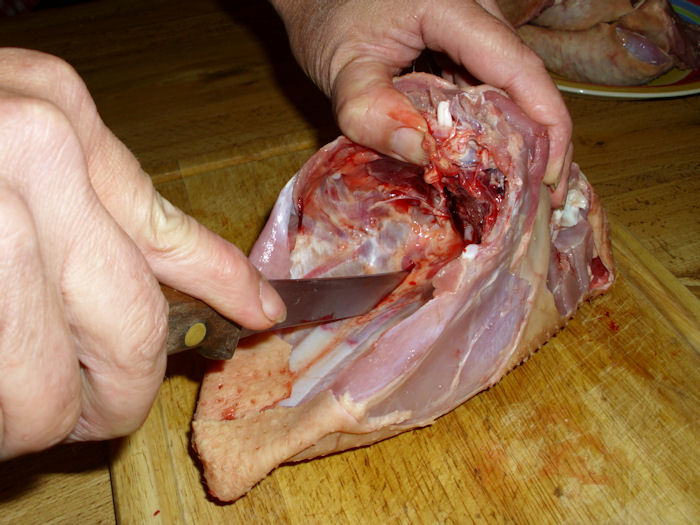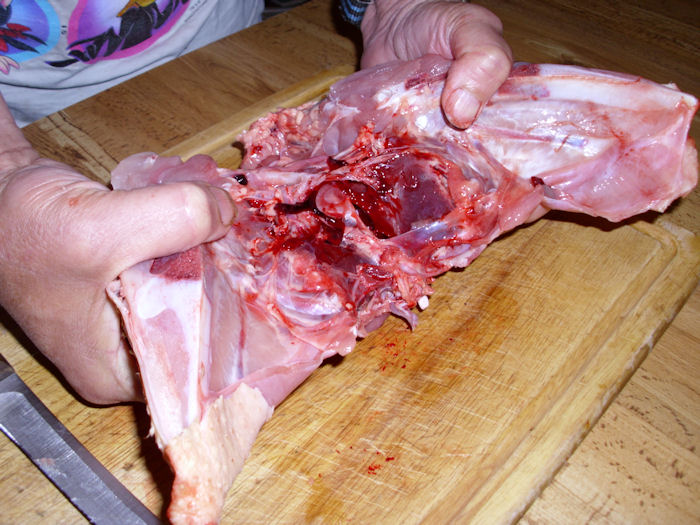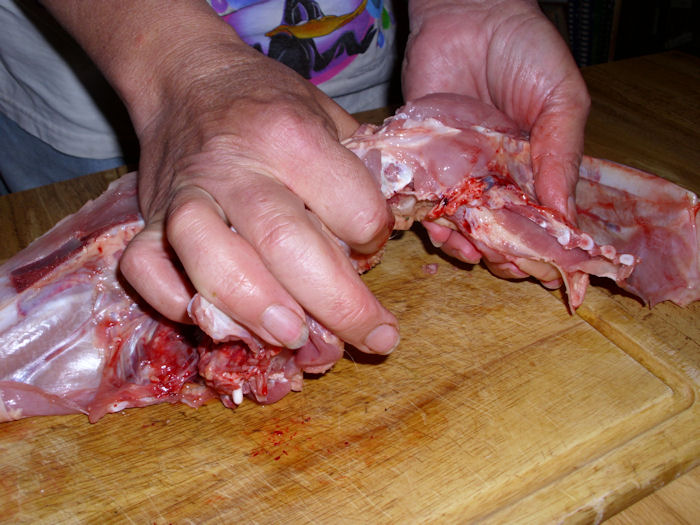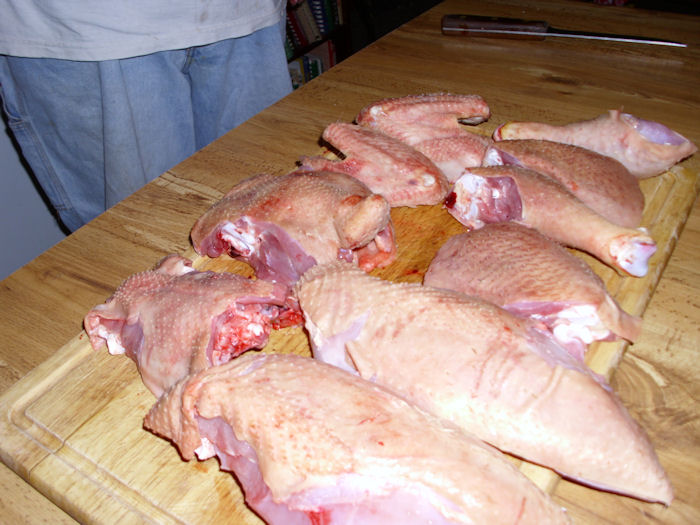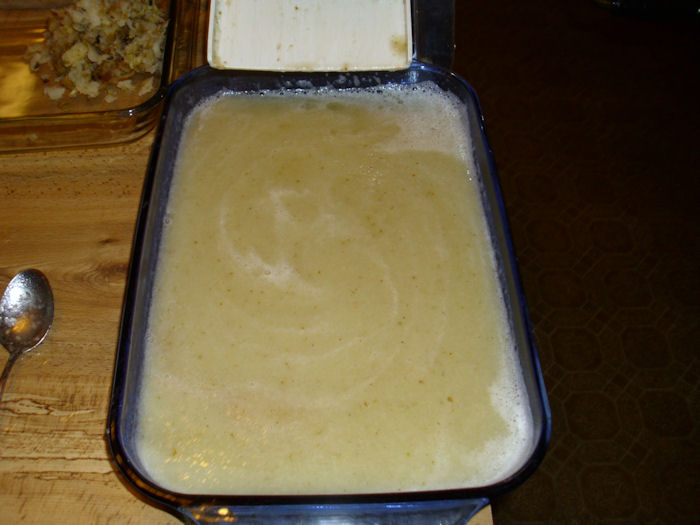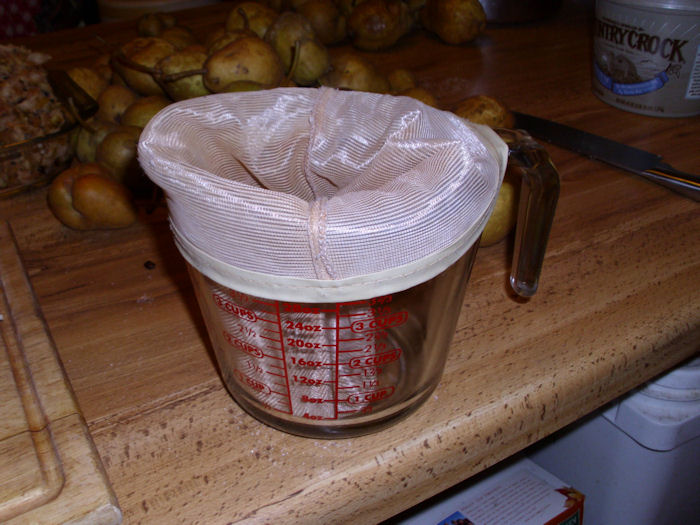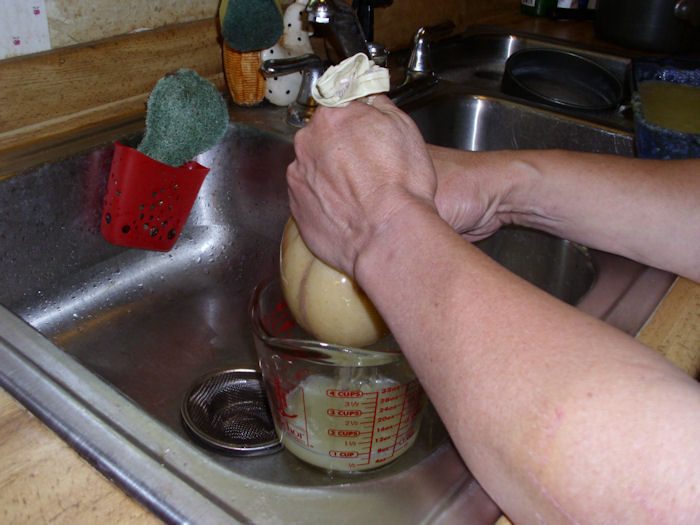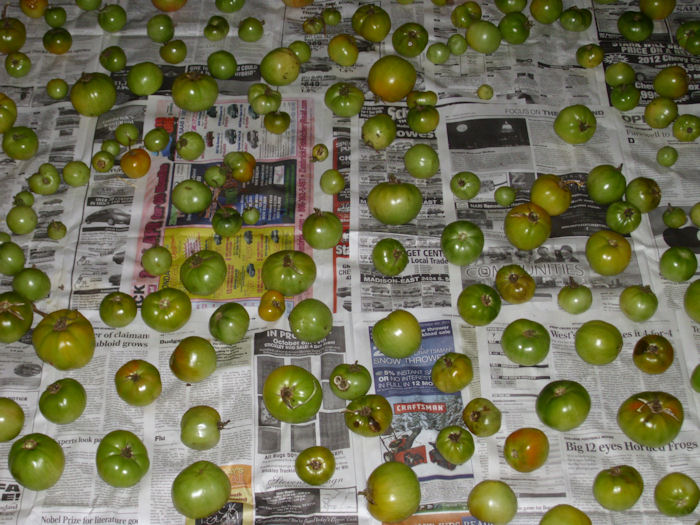Readers came back with a few questions about CFLs after reading my CFLs for Free post. The one thing I want to get across clearly is that the article is emphasizing that you can buy new CFLs using the savings from previous purchases. You need to make the investment in the first CFL to get started and then use the savings from that investment to buy future CFLs. No one is going to mysteriously pay you to buy CFLs, but if you buy smart, you can indeed get future CFLs for free after making the initial purchase. Eventually, you’ll pay off the initial purchase using the savings as well.
A number of people asked about the startup surge (also known as inrush current). The startup surge is something that occurs when you first apply power to the light. This surge is extra electricity that’s required to get the bulb started. The amount of power the bulb requires decreases as it gets to operating temperature, which isn’t very long in most cases. Of course, some people are worried about this electricity surge as some people often think they are experiencing a power surge. Luckily, these two things are quite different. If a homeowner did experience a power surge, it would be worth them contacting a company like Safe and Sound Electric to install some surge protection to prevent this happening again. However, this bulb requires that extra surge, so don’t be concerned if you notice a quick surge. I’ve read a number of conflicting opinions about the startup surge of CFLs. My take on everything I’ve read is that the startup surge will vary by bulb vendor and type of light. A tube light has a smaller startup surge for a significantly smaller time than the twisted bulbs. Vendors who meet Energy Star requirements tend to produce bulbs that have a smaller startup surge than the less expensive bulbs.
A few readers also asked about long term efficiency of CFLs. From personal experience Rebecca and I have found that CFLs do provide an efficiency advantage if you use them for one long interval, rather than several short intervals. In other words, if you burn the light for four hours solid instead of two, two hour intervals, you’ll gain an efficiency advantage. In addition, turning the light on and off reduces its life expectancy.
Efficient energy use is why Rebecca and I tune our work schedule to follow the sun. We get up at 5:30 am (sometimes a bit earlier) during the summer months to make maximum use of the daylight hours, but we get up at 7:00 am during the winter months to ensure we won’t have to turn the lights on in the morning. The actual difference between summer and winter work times is 2½ hours due to the effect of daylight saving time. We do work later into the evening during the winter months to make up for the later start time, so everything evens out. Using this approach has had both health and monetary benefits, but we also understand that it’s not a solution that most people can use.
There are a lot of myths, misconceptions, and outright controversies about CFLs online. In addition, I’m finding that people have individual experiences based on how they use lighting in their home. However, after researching this topic intensively, I’m finding that the following tips about CFLs seem to be true for just about everyone:
- Buying CFLs with the Energy Star label tends to pay dividends in reduced operating costs and longer life, but you must weigh these benefits against the increased initial cost. In general, buying Energy Star products save you money.
- If you must use a CFL in a socket controlled by a dimmer, buy a CFL designed for that purpose. Using a standard CFL in a dimmer-controlled socket greatly reduces bulb life and could damage the dimmer.
- CFLs require more air to work properly. They’re more heat sensitive, so putting one in a can or recessed fixture will result in a reduced life expectancy. The exception is that there are CFLs specially designed to work in recessed fixtures, but you’ll also pay a premium price for them.
- CFLs also don’t like
damp or wet conditions. If you need to use a CFL in a damp or wet
condition, make sure you get one rated for that purpose.
Standard CFLs don’t work well in fixtures that vibrate, such as the lighting kits for fans. If you want to use a CFL with a fan or other fixture that will vibrate, you need to get a CFL designed for the purpose. (I finally gave up using a CFL in my garage door opener light socket because even the CFLs designed for use in vibration don’t last long in that particular application.)- Excessive on and off cycles in a given day will most definitely reduce the life expectancy of your CFL. I researched this one a lot and didn’t get a definitive answer for you. The most common guidelines say that you should strive to keep on/off cycles below 20 for any given CFL during one day. It’s commonly said that CFLs have a life expectancy of 7,000 on/off cycles if you observe the 20 on/off cycle per day limit. The source of problems in this case is the electronic ballast that CFLs use, which aren’t designed for heavy on/off cycles.
- Faulty wiring affects CFLs considerably more than incandescent bulbs. If your wiring is such that it causes flickers or flashing with an incandescent bulb, it might be a cause for concern and you should probably look to get more info from an emergency electrician. Your CFL also won’t last very long in this instance. Even if you can’t see the flickering, small dips in power can cause early CFL failure. If you find that your bulbs aren’t lasting very long, have the power checked and bring in an electrical repair company similar to https://electricalsynergies.com/ to fix it. Faulty wiring also affects the cost savings from a CFL in a big way because the bulb never quite gets to its operating range.
- Line noise will also affect CFLs. For example, if you have a heavy duty motor (such as a refrigerator) on the same line as a CFL, the drop in line current when the motor starts can affect the life expectancy of the CFL. Line noise will also affect the cost savings you see from a CFL because the bulb isn’t operating properly.
Some readers have pointed out that CFLs are overrated. I’m not quite sure how to respond to this question other than to say that there isn’t any free lunch. Just about every solution we now have for fixing the planet’s carbon problem is flawed. Even if we were to all go back to burning candles, there would be problems. However, I did spend some time online looking for something a bit less hysterical and a little more scientific than something that says CFLs and other modern technologies are bad. You should embrace CFLs and other good for the planet technologies with open eyes. The best post I found on these issues is one entitled, “Directory:Compact Fluorescent Lighting (CFL) Downsides.” If someone else has a non-hysterical source of additional information, I’d be happy to address it in another post.
I’d welcome verifiable tips from other people. I verified each of these tips against three sources (including government sites when available). That doesn’t mean that every tip will work for you personally, but most people find that these tips work for them. Let me know about any additional thoughts you have about CFLs at [email protected]

